Six proven ways to transform rural communities
IFAD Asset Request Portlet
Asset Publisher
Six proven ways to transform rural communities
Estimated reading time: 3 minutes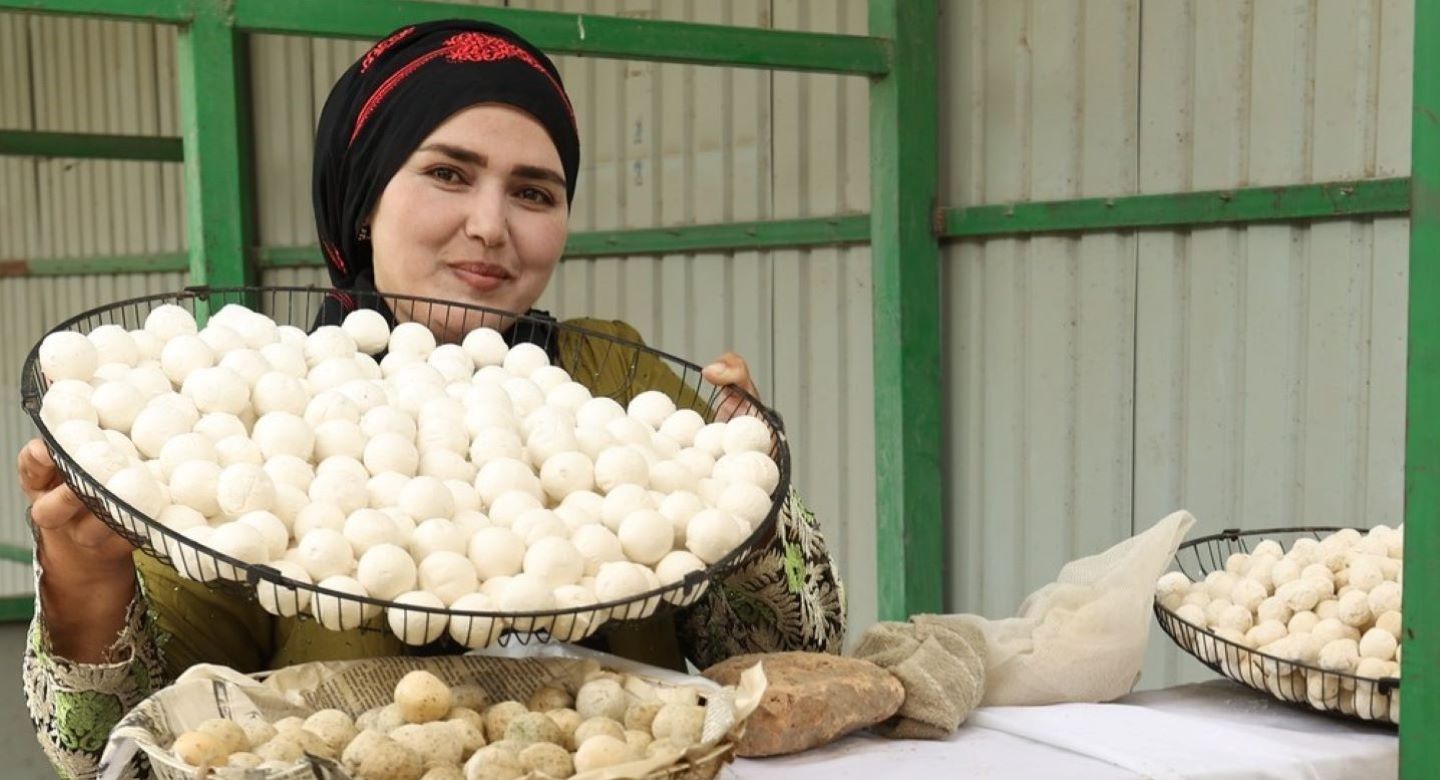
When it comes to transforming rural communities, we know what works. For over 40 years, IFAD has been working with rural people, helping them eradicate poverty, conserve their environments and build flourishing societies—all the while feeding the world.
As we measure the impact of projects begun during IFAD’s Eleventh Replenishment (IFAD11, which ended in 2021), here’s what we learned to make our work under IFAD13 a success.
1. Sell, sell, sell
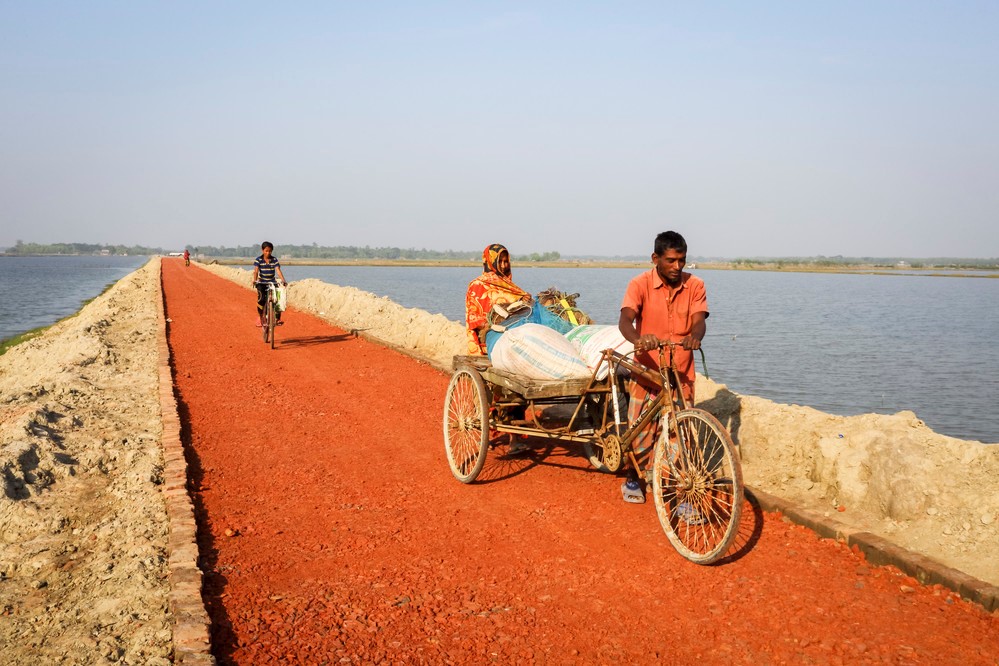
When small-scale farmers sell their produce at a bigger scale, they’re able to earn more, save more and invest in their businesses.
While challenges, like climate change, may create obstacles to selling produce, IFAD projects help farmers overcome them. In Bangladesh, climate-proofed community markets and roads helped increase crop sales by 70 per cent, even during the monsoons.
With GDP for the world’s least developed countries expected to rise by 1.7 per cent this year, economic growth comes with even more opportunity for local farmers to grow their profits.
2. The bottom line
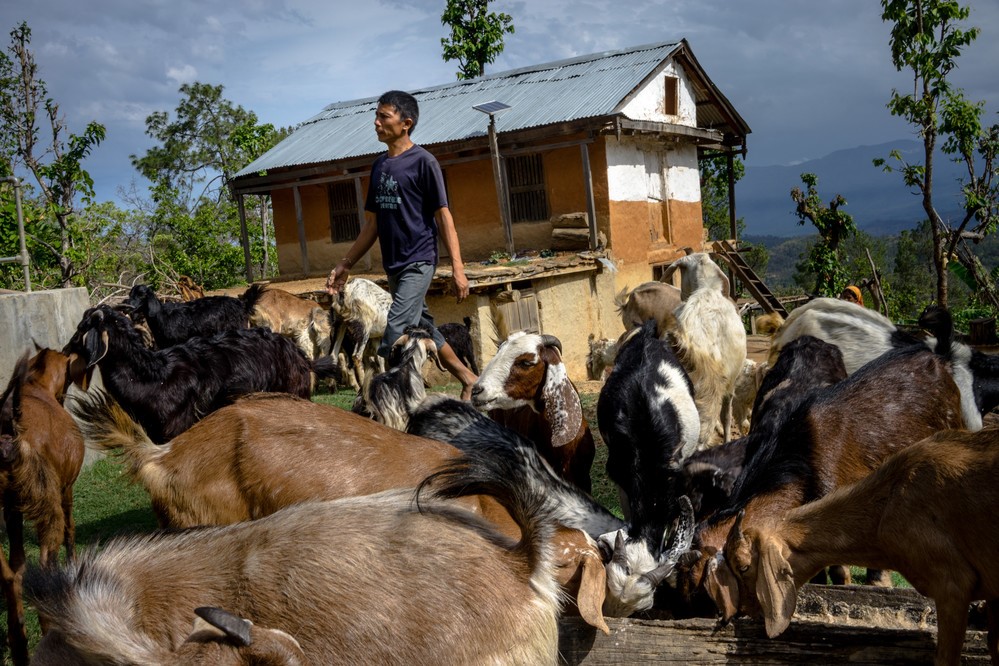
The quickest way to transform rural communities is to increase rural incomes. This aim should be at the centre of every project.
In Tajikistan, annual incomes of IFAD project participants rose by 19 per cent thanks to all actions—from managing pastures to building reliable water sources—being focused on achieving this one overarching goal.
Rather than growing lots of lower value produce, producers in Nepal grew a small set of high-value products identified by IFAD experts, including ginger, off-season vegetables and goat meat. The result? Their incomes increased by 50 per cent.
3. Resilience is imperative
Resilience means the ability to recover after shocks—and as environmental and climate shocks become increasingly frequent, it has never been more important.
In Ethiopia, modern irrigation schemes mean farmers can grow food—and make an income—all year. With revenues growing by 23 per cent in the dry season and 77 per cent in the rainy season, farmers did not have to sell off assets to get by in hard times.
4. Sustainable success
A sustainable intervention keeps reaping rewards, even after the project ends.
In Senegal, producer organizations received subsidies to help them diversify their crops and earn more. As the organizations became financially sustainable, the subsidies were gradually reduced. Five years after the project ended, participants had long-since stopped receiving support—but they were still reaping its benefits.
5. Development for rural communities, by rural communities
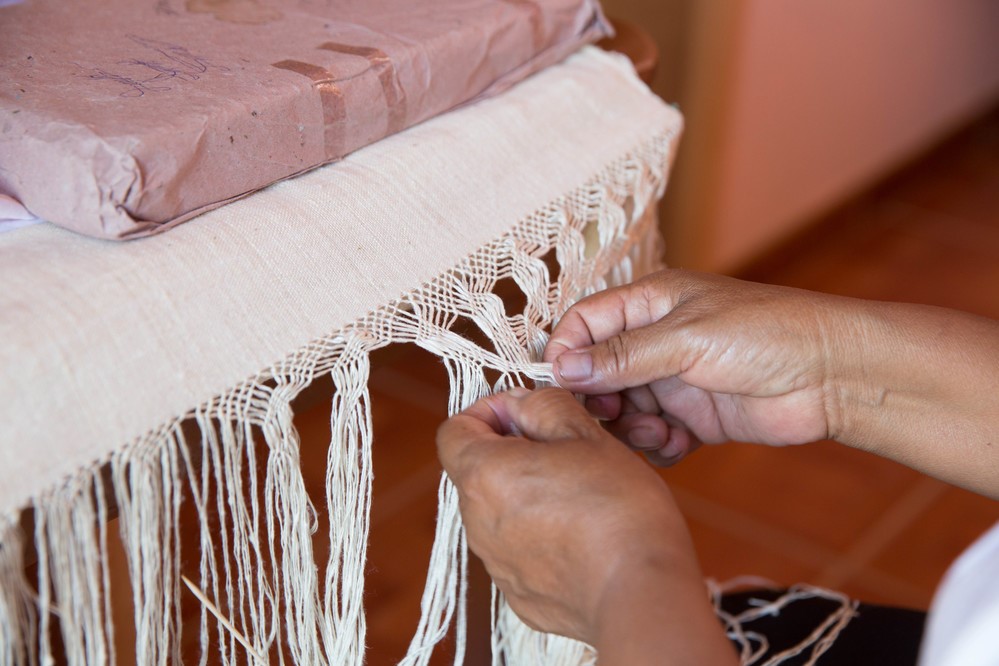
For rural development to be successful, it must be led by rural people themselves. While IFAD’s experts may have the solutions, they will only work if they’re adapted to local cultures and communicated clearly.
That’s why IFAD prioritises community-driven development. For example, local communities in Mexico helped design initiatives, tailoring them to local contexts. In leafy Campeche state, local communities chose to sustainably manage the forests so they could benefit from agroforestry products and ecotourism. Now, both the forests and their incomes are growing.
6. When you empower a woman, you empower a community
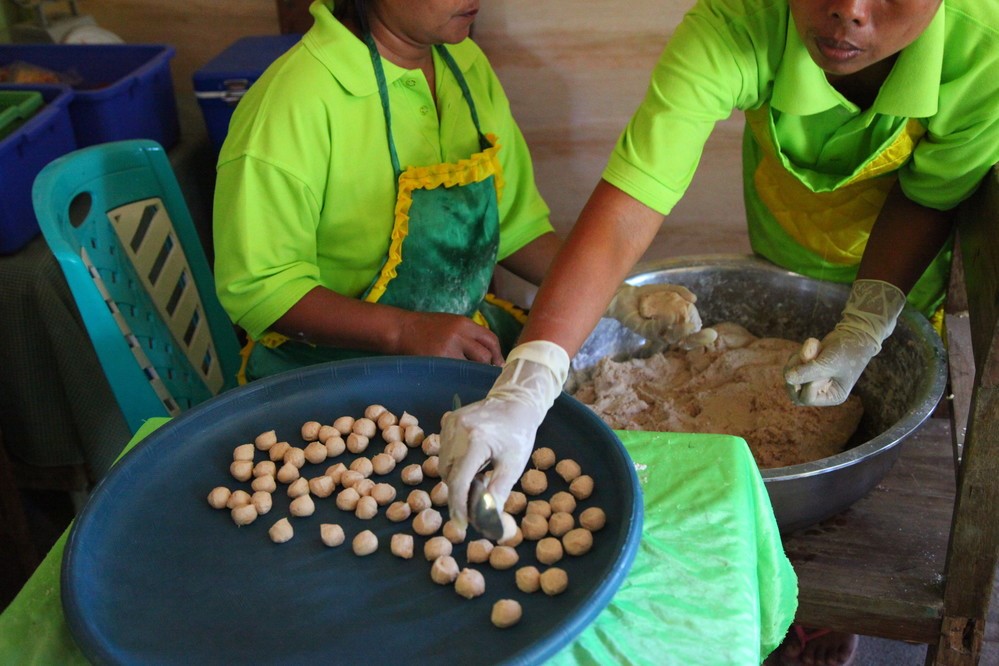
Done right, rural development can empower women. But to know if it’s working, we must track gender metrics throughout our projects.
In Indonesia women came together to process fish and in doing so increased women’s participation in the industry by 27 per cent. Meanwhile, households participating in Kenya’s SDCP were nine time more likely to have a woman in charge of the family finances.
In both instances, women were given the tools to reach economic empowerment. This is not only central to realizing women’s rights and gender equality but also key to achieving the 2030 Agenda for Sustainable Development.
For countless rural people, being a part of IFAD’s projects has improved their lives and made a better tomorrow possible. As IFAD’s Thirteenth Replenishment proceeds, we’re committed to continue learning, so the world’s most vulnerable communities can have not only a resilient future, but a flourishing one too.
Read more in Achieving Rural Transformation: Results and Lessons from IFAD Impact Assessments.
Publication date: 30 March 2023